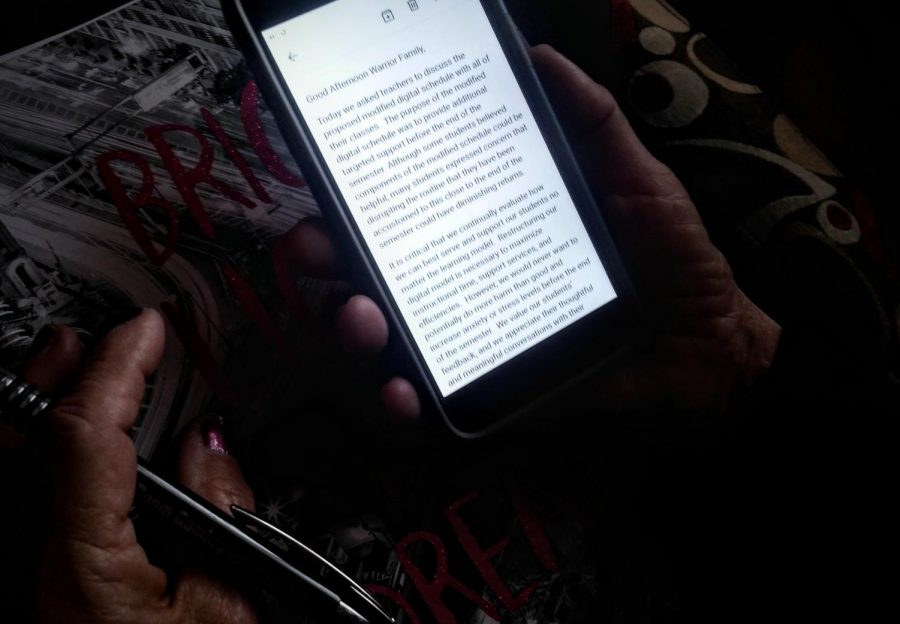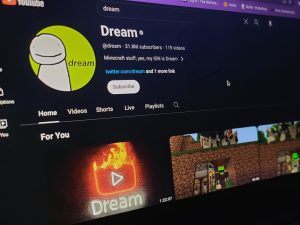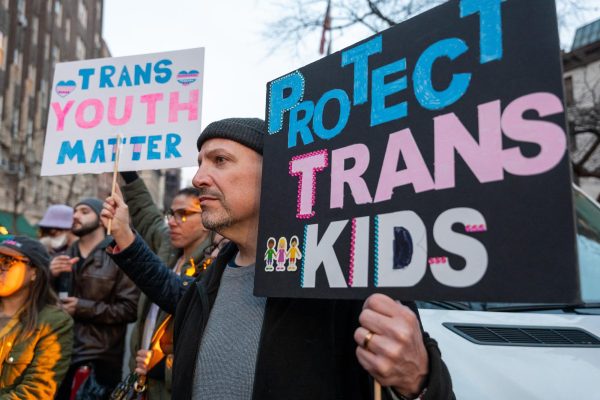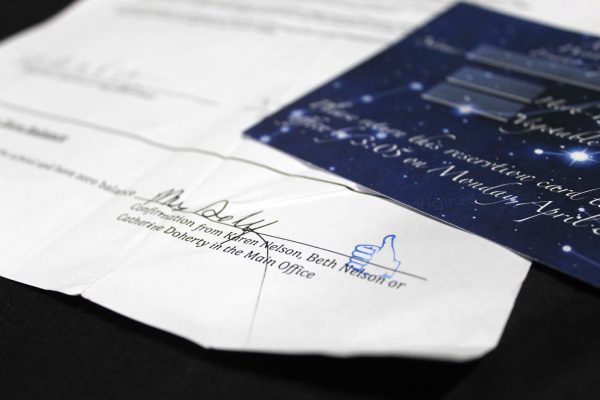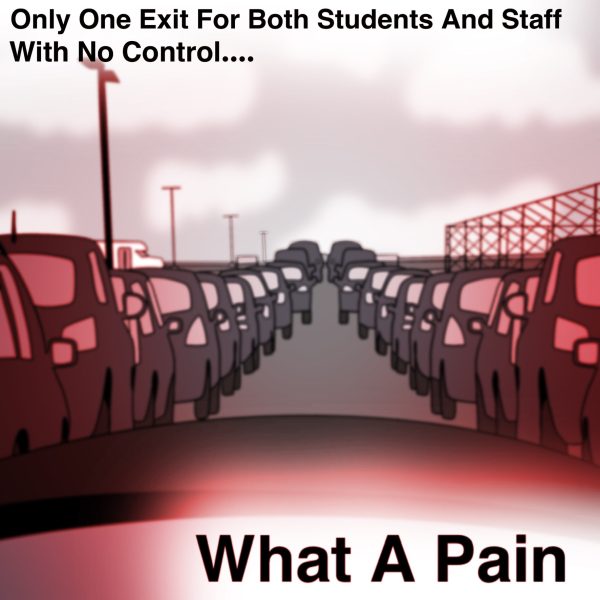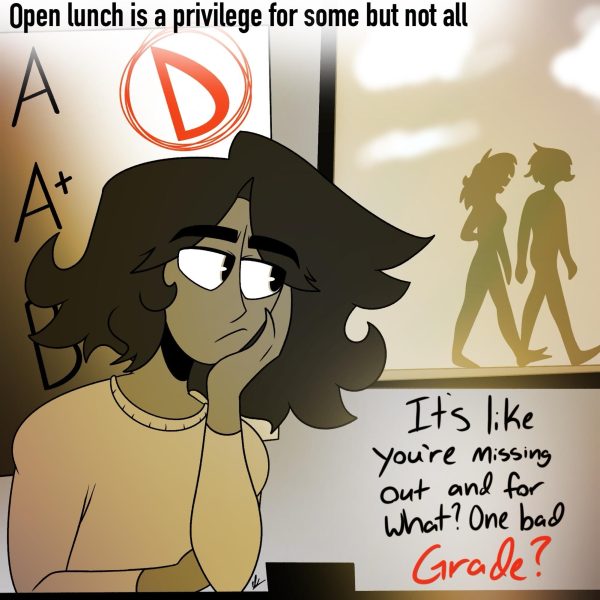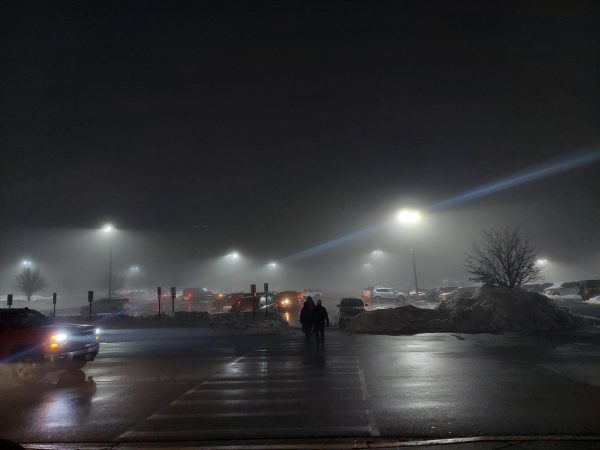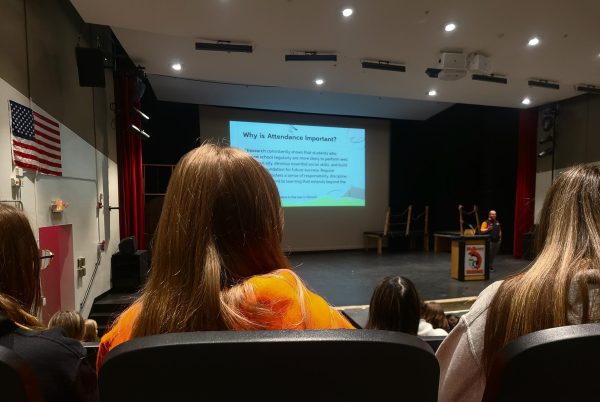Opinion: Digital schedule 2.0 deserved a chance
Though the district’s digital schedule 2.0 may not have been a bad idea, its announcement was too startling and confusing to be effective
The school’s decision to extend the digital learning schedule was intended to support struggling students. Instead, it left too many confused and concerned about the disruptions to their routines.
December 11, 2020
It’s around 8:30 a.m. on a cool November day. You just woke up for school and noticed an email notification from West Principal Marsha Potthoff. Your eyes skim through the email quickly and you stare at your screen in disarray wondering what you just read. You have just found out that starting December 4, you will have to wake up an hour earlier for school in addition to all of your classes being extended and your day is suddenly off to a poor start.
On November 24, the school attempted to roll out a new digital learning plan, however this plan did not go over well with the MCHS community. With many confused by how it would work and students threatening to drop out through a Change.org petition, this new schedule was not well-received to say the least.
Many people commented on how this new digital learning plan was set to happen too close to the end of first semester to cause any good. The plan was to add an extra 10 minutes to each class period specifically for students who were struggling to keep up. This would allow teachers to help kids stay on top of their work at the end of this semester. But since many students have settled into our current plan and are very comfortable with the way it is now, some feared it would just cause unnecessary problems that could be avoided. There were also concerns that this new plan would interfere with students after-school work schedules that have been adjusted to fit our current schedule.
The plan was also explained to students in such a way that they barely understood what was going on. We were told that all of our classes would be extended to 70 minute periods and that we would have a “Synchronous Friday” each week with all 8 periods in one day, but it was never clearly explained that the extra time added was not meant for every student. Rather than asking productive questions about the new schedule, students took to signing petitions threatening to boycott school or drop out entirely.
The final mistake made in this whirlwind of an experience was that the school cancelled the schedule change less than a day after it had been announced. Teachers attempted to tell students about how this new schedule could be beneficial, but the school backed away and decided to cancel it all together before students could get a grip on what they were being told. This was the right way to go in this situation, but it was unclear if the school had asked for students’ perspectives before announcing the plan to the public, which could have avoided this whole mess.
Maybe the new schedule would have helped students all to feel better about their school work in this incredibly uncertain time, but they may never know now because they didn’t even give it a chance before they could entirely understand the changes being made.



